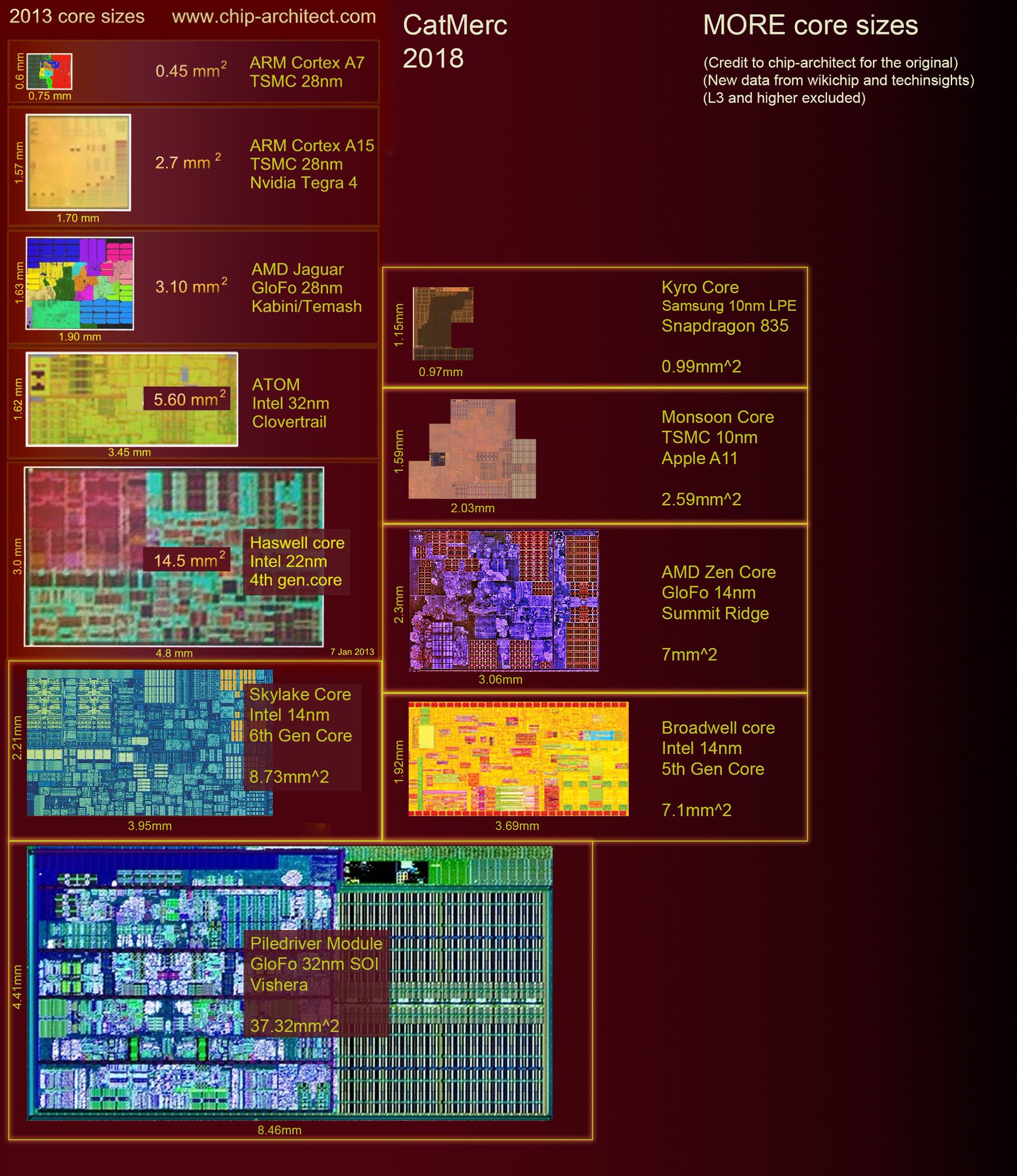The 20,000lb elephant is OS/software and ability to seamlessly replace existing platforms without forcing the entire stack to be recoded at every level for a new architecture. Obviously an emulation/VM can help with that, but at what penalty?
I think Apple could conceivably replace x86 in Macs, but they'd probably have to ditch their Pro lineup, and non-native apps would be a difficulty to contend with, almost certainly be hit with serious performance penalties. That would be very very difficult, but at least conceivable, as many MacOS users don't use anything except Apple software and maybe 1-2 third party things (Adobe and MS most commonly).
A12X on PC, we're talking about reinventing a completely massive OS, software, and hardware matrix comprising so much more complexity and potential issues that it beggars belief that it could be done. Even if MS did a perfect job (lol), all of the software, especially at the B2B level where a lot of the money is would lag, with various levels of failure/success. An emulation layer necessary to support non-native x86 apps and devices in a preemptive multitasking environment would be a difficult challenge and sap a lot of performance potential and resources to accomplish. All to simply compete in an area where the vast majority of the market is already well served by systems $499 and under, with ~$100 ASP.
Apple currently gets absolutely monstrous margins on their 7nm production. Taking a serious amount aside and dedicating it to compete with McDonald's instead of Lexus doesn't particularly sound wise.
If they had a massive amount of available fab production in need of a use, that would be one thing.
I mean put a pin in this, come back and check fall 2020, I'd put odds at maybe 10% that we see a non-x86 Mac product by then, and maybe 1% or less a PC product featuring an Apple CPU. Microsoft already had a rough go of using ARM with Surface RT. It was a solution in search of a problem to be honest, based on the financial fundamentals at play.



